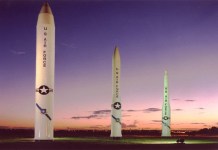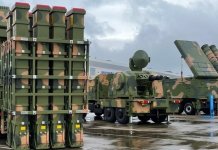US President Joe Biden has said twice over the last year that Washington will militarily defend Taiwan in the event of a Chinese invasion attempt. His latest explicit security guarantee to Taiwan was made in Tokyo last week.
Helpless Against Hypersonic! US To Boost Its Military Base That China Is ‘Practicing To Obliterate’ With Deadly Missiles
But does America have the military superiority over China in this part of the world to deliver what President Biden pledged?
This is a question that many security analysts in the US are asking, given the fact that the US Navy, which has to play the most important role in case China attacks Taiwan, is undergoing structural changes because of budgetary constraints that many consider will weaken both its capacity and capability in the near term.
Critics are pointing out that given the current threat, the fleet is not growing fast enough to meet the potential challenge of fighting competitors like China and Russia.
The US Navy recently released its long-awaited 30-year shipbuilding blueprint, providing three options for future fleet force structure.
The first option would yield an inventory of 316 ships by FY 2052, the second would yield 327 ships by FY 2052 and the third would yield 367 ships by FY 2052. However, the document of the blueprint notes that “the ability of the industrial base to support” the third option with the largest fleet size “has not been independently assessed,” this has worried the analysts.
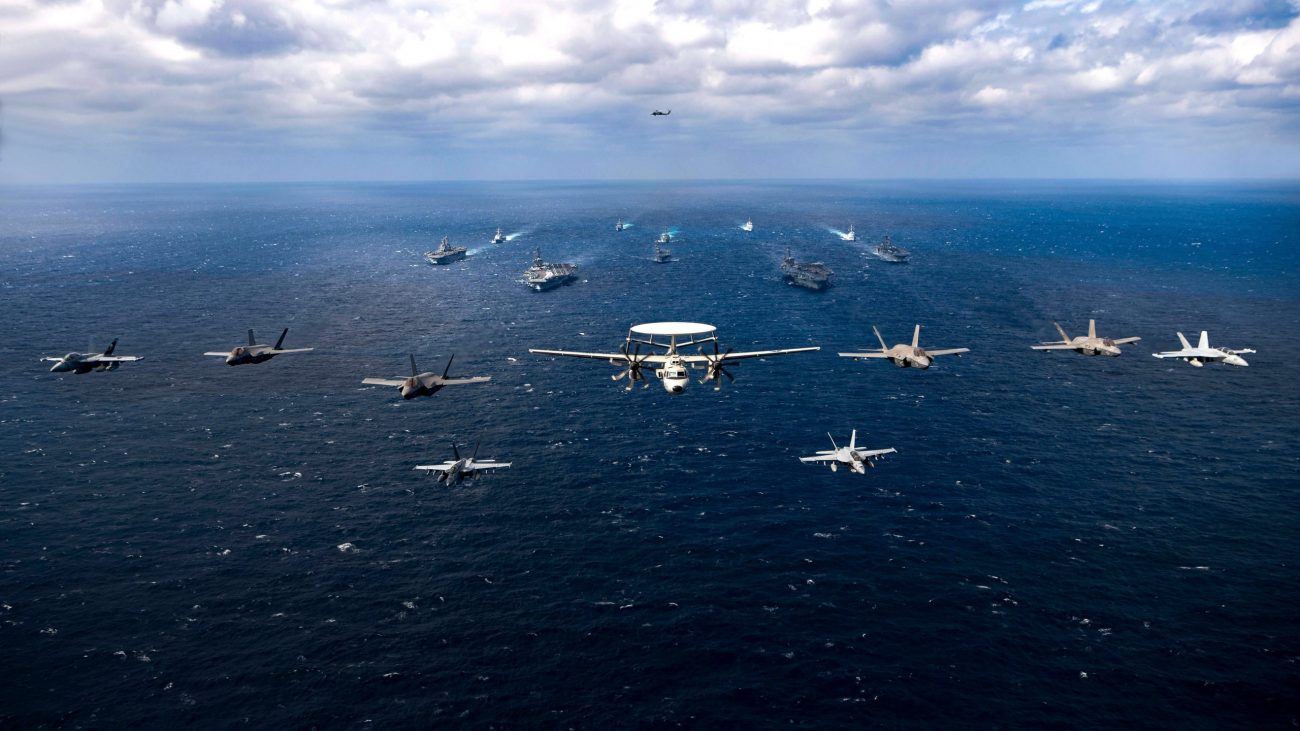
Big Changes On The Anvil
The new shipbuilding plans show the Navy decommissioning two Independence-class LCS – USS Jackson (LCS-6) and USS Montgomery (LCS-8) – in FY 2024. Jackson entered the fleet in 2015, while Montgomery was commissioned in 2016. Both ships were built by Austal USA.
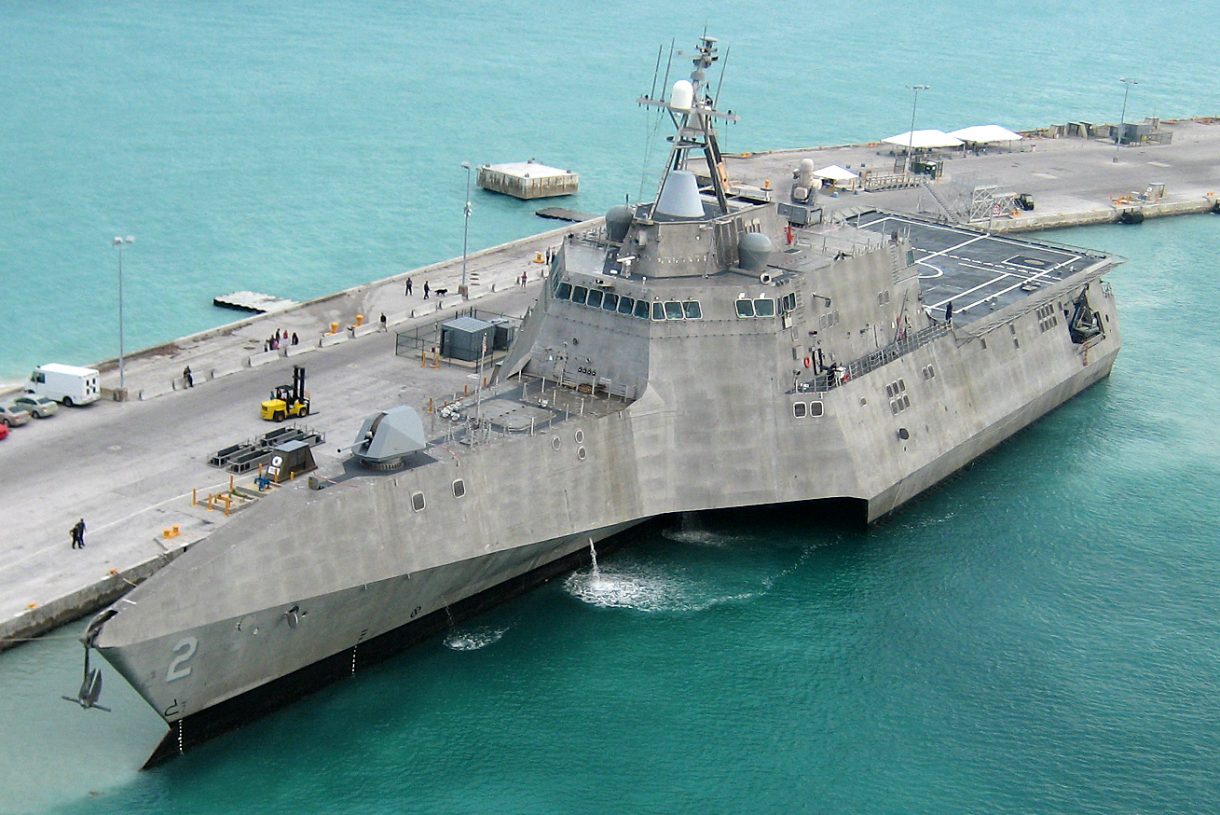
The Navy also wants to continue decommissioning its aging Ticonderoga-class cruiser fleet, starting with USS Antietam (CG-54), USS Leyte Gulf (CG-55), and USS Shiloh (CG-67) in FY 2024. Under the proposal, the Navy would decommission the entire cruiser fleet by the end of FY 2027, including the ones that are currently in the cruiser modernization program.
The blueprint shows the Navy decommissioning USS Nimitz (CVN-68) in FY 2025 and USS Dwight D. Eisenhower (CVN-69) in FY 2027, which aligns with the 50-year service lives for the Nimitz-class carriers.
China’s J-20, Russia’s Su-57 Stealth Fighters Ready For Joint ‘Combat Patrols’ To Challenge US Hegemony – State Media
According to the blueprint, the first two options would be for “a budget with no real growth,” while the third option “represents an additional $75 billion real growth beyond the [Future Years Defense Program] in FY2022 constant dollars.”
The document says that “The increased procurement level, informed by industrial base capacity and on-time and on-budget performance, achieves 326 manned battle force ships in the mid-2030s, and ultimately achieves 363 manned battle force ships in FY2045.”
Overall, the long-range plan shows the Navy decommissioning 13 ships in FY 2024, another 13 in FY 2025, 14 ships in FY 2026, and 13 in FY 2027. FY 2027 would also see the service decommission of USS Arleigh Burke (DDG-51), the lead ship of the class.
Fresh Procurement Schemes
The three procurement schemes show what ships the Navy could purchase between FY 2028 and FY 2032, a time frame the service is calling a “transition” period after the FY 2023 five-year spending plan, and between FY 2033 and FY 2052, which the Navy is calling the “future force design” time frame.
While the first two options only show the Navy buying one Ford-class aircraft carrier between FY 2028 and FY 2032, the third option shows the service purchasing one in FY 2028 and another in FY 2032.
“A decision on CVN 82/83 two-ship buy is required no later than FY25 and will be evaluated during upcoming force structure and industrial base studies,” the document reads. “The Department is reviewing Large and Small Surface Combatant and Attack Submarine procurement quantities in FY 2028-2032.”
The blueprint makes it clear that the US Navy is “prioritizing readiness before capacity”. It says, “Assuming no real budget growth, the two low ranges of the plan do not procure all platforms at the desired rate (e.g., DDGs, SSNs, and FFGs at two ships per year), which industry needs to demonstrate the ability to achieve, but do maximize capability within projected resources, industrial factors, and technology constraints to build the most capable force. Overall, this approach accepts risk in capacity to field a more capable and ready force.”
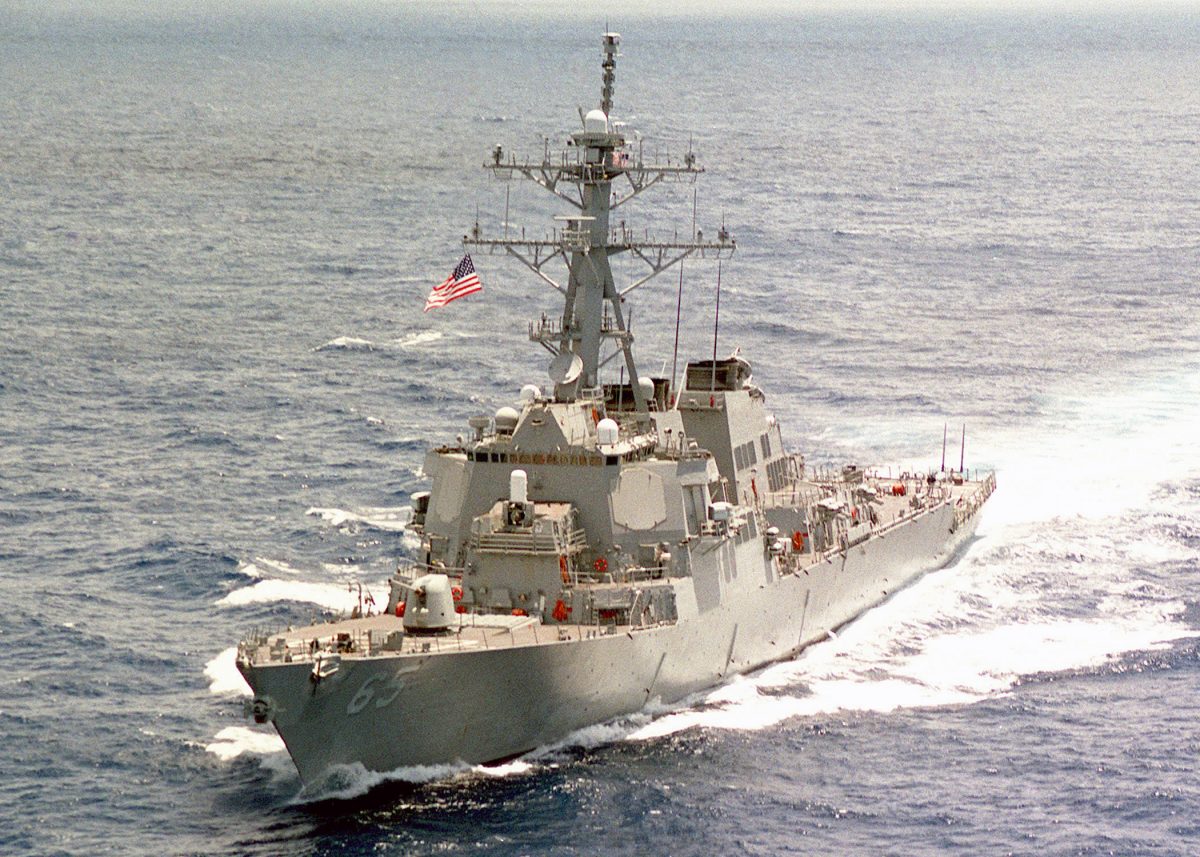
The 30-year blueprint talks of the US Navy having 327 ships by FY 2052. The Navy has always planned a goal of having more than 300 ships. But then the fact remains that the fleet has never achieved that goal since 2003.
China’s Massive Strength
In the year 2018, it had been said that with the People’s Liberation Army Navy (PLAN) adding more than 120 battle-force ships, the US should have at least 355 ships of which it was short of 57.
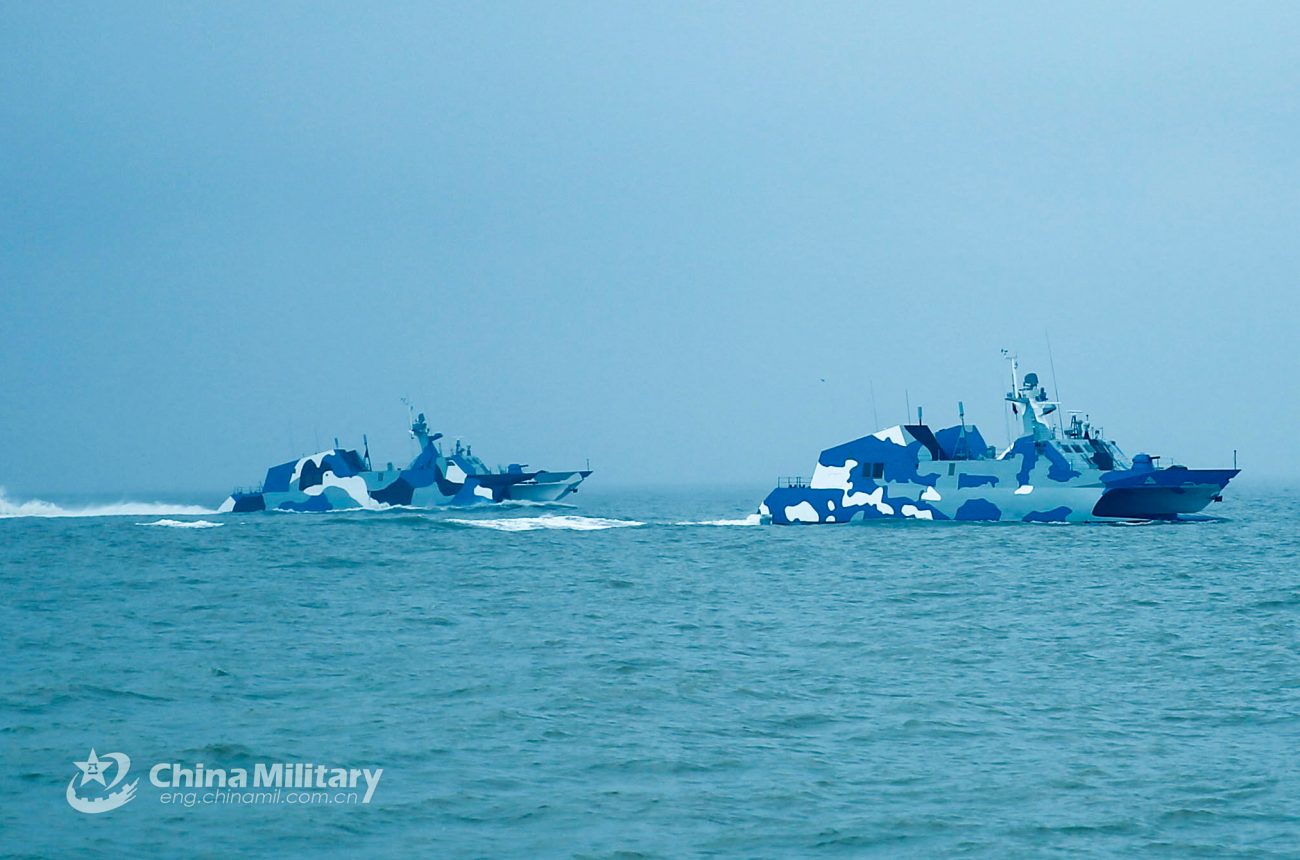
Over the last four years, the PLAN has further increased its strength. The Chinese have built a large fleet including aircraft carriers, cruise missile-armed surface ships, and several submarines. The PLAN is supported by land-based missiles and aircraft.
And that prompted the Trump administration in its final days to encourage the Navy to have a fresh force structure assessment. The Navy said accordingly that given the rising profile of the PLAN, it should have a figure between 382 and 446 manned ships and an additional 143 to 242 unmanned ships.
But within two years, the Navy seems to have changed its assessment. The US is driving down fleet numbers and ship production, the critics point out. They say that the average gap between ordered and achieved battle fleet size over the last five years was roughly 10 ships.
“Integrating the precipitous drop from 2022 to 2023 and loosely projecting that magnitude of 50 ships over five years shows a battle force of 275 ships or smaller”. It may be noted that at the moment the US Navy has 298 ships.
Major Gaps
Further, buried within the FY23 capacity gap is a lethality gap. As Congresswoman Elaine Luria (Democrat), who represents Coastal Virginia, home to the world’s largest naval base and who before running for Congress had served two decades in the US Navy, points out, “the U.S. Navy is suffering a clear disadvantage in anti-ship weapons concerning China, which is fielding supersonic anti-ship weapons across its surface forces, bombers, land-based forces, and undersea forces in high numbers.
By comparison, almost all the anti-ship capability of the US armed forces reside in a limited number of surface and air-launched Harpoon missiles, whose fundamental design is 45 years old.
The surface fleet’s launch cells are mostly filled with defensive anti-air weapons, but newer weapons such as Naval Strike Missile, Long-Range Anti-Surface Missiles, Maritime Strike Tomahawks (MST), and SM-6 missiles”. Only procuring them in higher numbers in the near term could close the gap that currently exists between the PLAN and US Navy, she argues.
Of course, the fate of the latest blueprint for the next 30 years, that is, which ships to purchase and which ships to retire, rests ultimately with the members of US Congress like Elaine Luria. Many in Congress, incidentally, have repeatedly criticized the service for decommissioning ships at a faster rate than it can build new ones.
It seems that for adversaries like China, the Biden administration prefers the theory of “deterrence by punishment” to the theory of “deterrence by denial” that the Trump regime pursued. In a denial strategy, the adversary is deterred from aggression by introducing significant doubt in its mind about whether its ultimate military objective can be achieved.
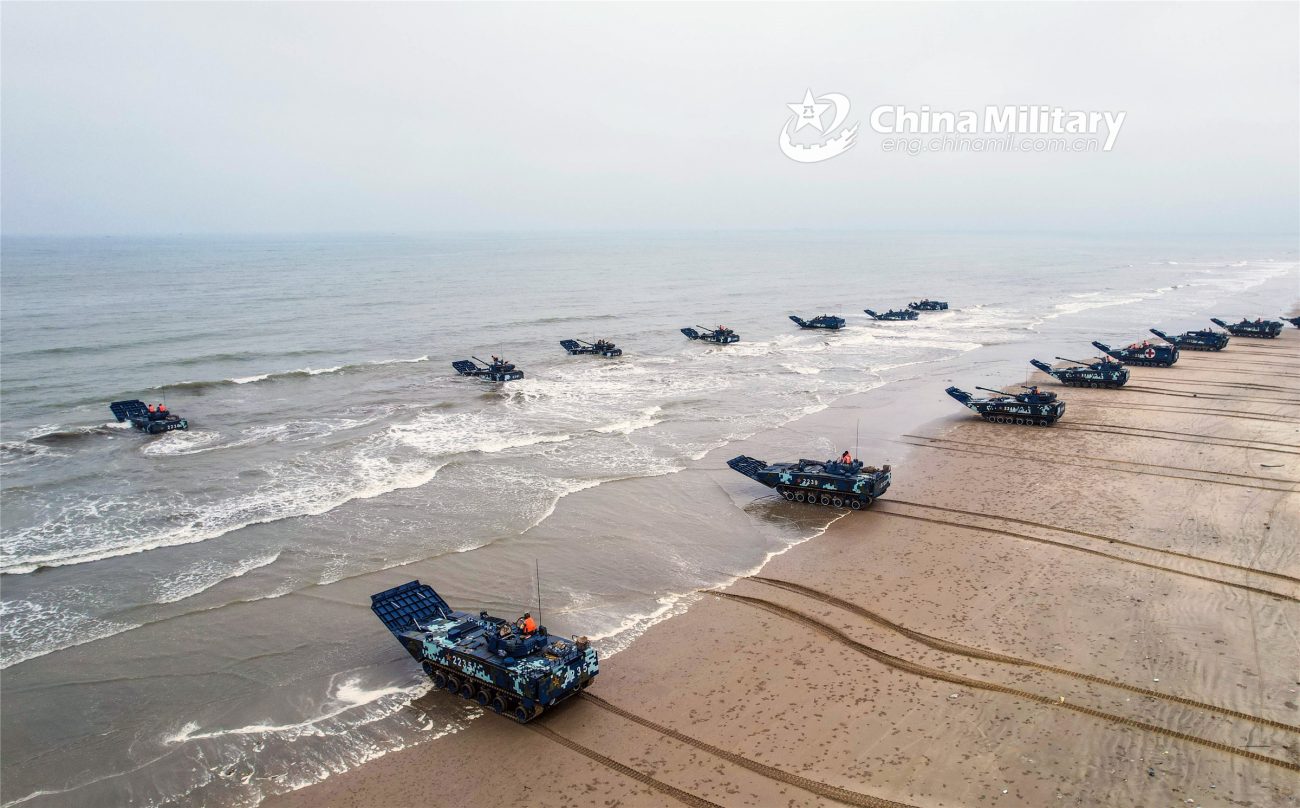
Need For A Fresh Strategy
This doubt is based on the threat of overwhelming military force being brought to bear at a time early in the conflict that will make the goals of the aggressor unachievable. A denial strategy requires the will of the defending nation to back up its rhetoric with action when necessary.
This strategy is believed to be more expensive because it requires more ready deployed forces, and it may also require the will to potentially use these forces in pre-aggression phases of conflict.
On the other hand, a punishment strategy seeks to deter an aggressor by the threat of pain if they take aggressive action. This strategy does not reveal one’s strength fully and keeps the adversary guessing.
This strategy implies that a nation will not or cannot decisively foreclose objectives to the adversary, and instead hopes that an adversary’s pain threshold can be overwhelmed into submission.
In a sense, it is an ambiguous proposition. But this is said to be cheaper because it requires fewer forward-deployed forces, thus less force structure. It is also politically more palatable because popular support will be more forthcoming after adversaries initiate aggression.
Most importantly, this strategy facilitates what Chief of Naval Operations (CNO) Admiral Mike Gilday says “divest to invest” so that the US navy is more capable and more lethal. But the issue is that its eventual success rests on many “assumptions”, which the US Congress wants to be clarified.
- Author and veteran journalist Prakash Nanda is Chairman of Editorial Board – EurAsian Times and has been commenting on politics, foreign policy on strategic affairs for nearly three decades. A former National Fellow of the Indian Council for Historical Research and recipient of the Seoul Peace Prize Scholarship, he is also a Distinguished Fellow at the Institute of Peace and Conflict Studies. CONTACT: prakash.nanda@hotmail.com
- Follow EurAsian Times on Google News

